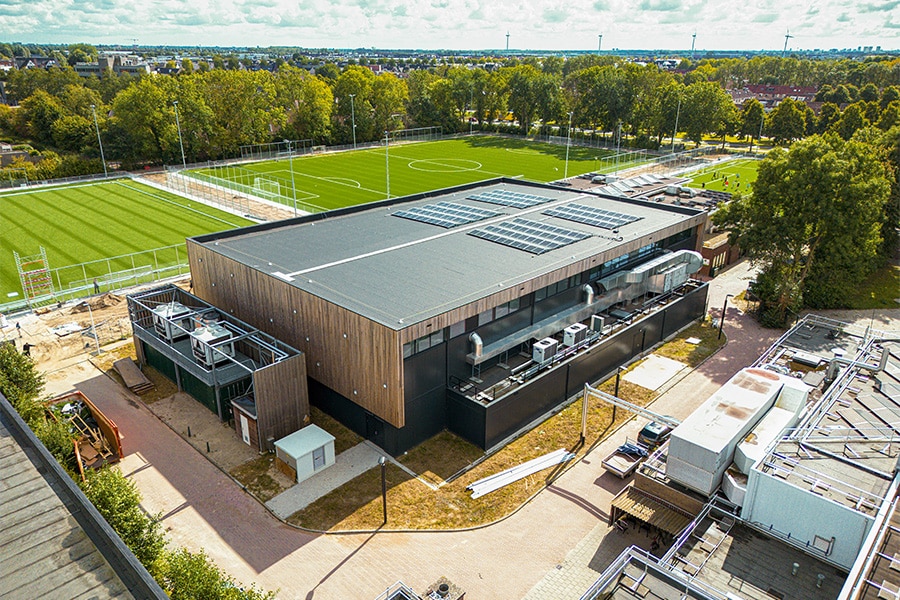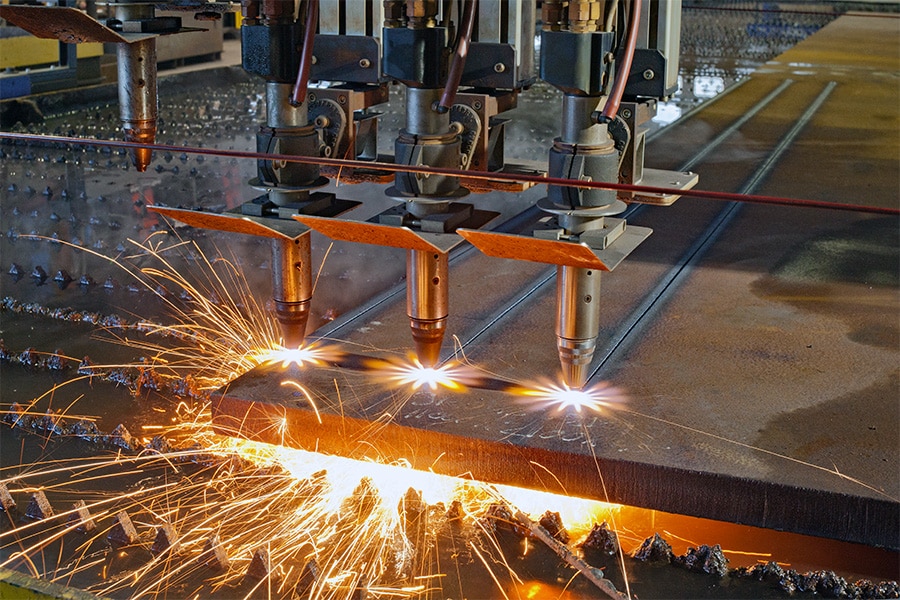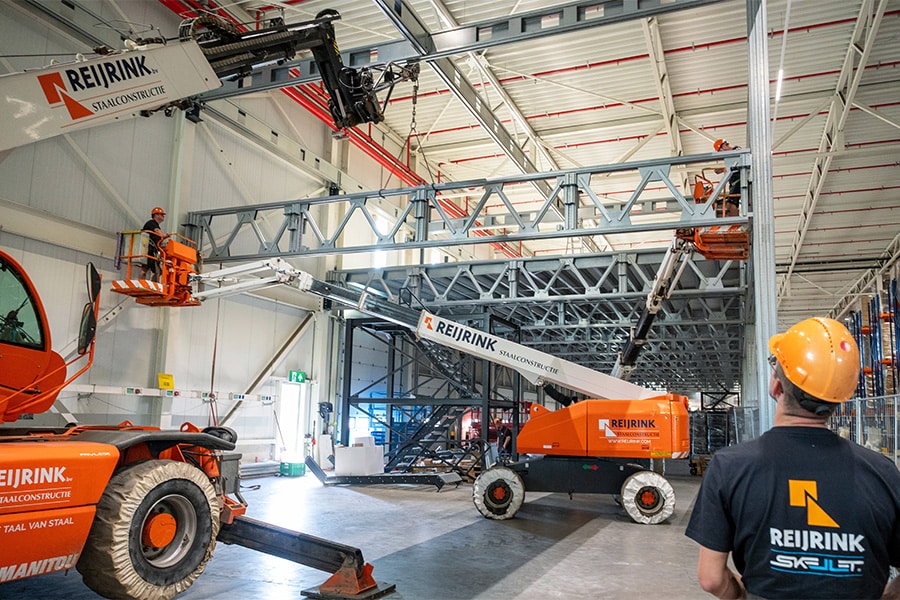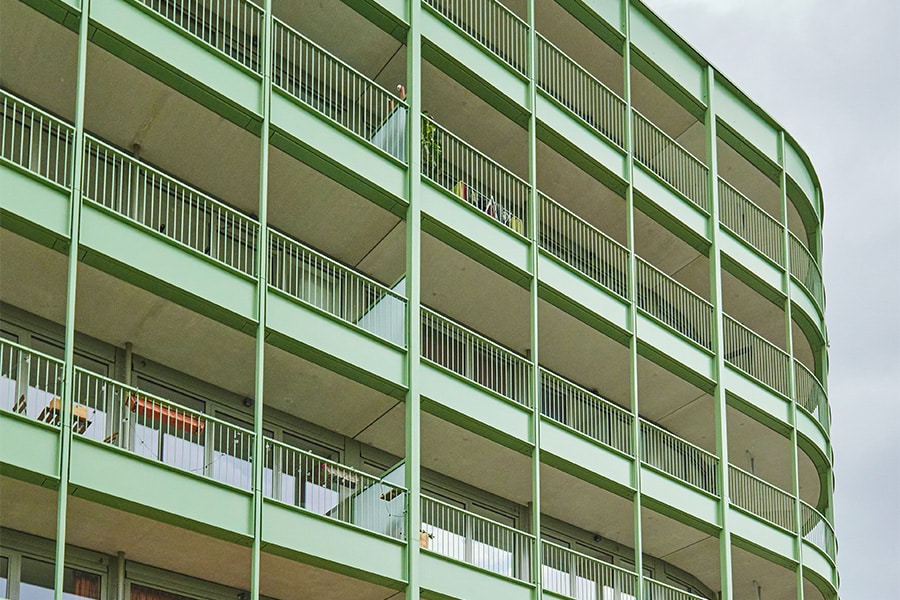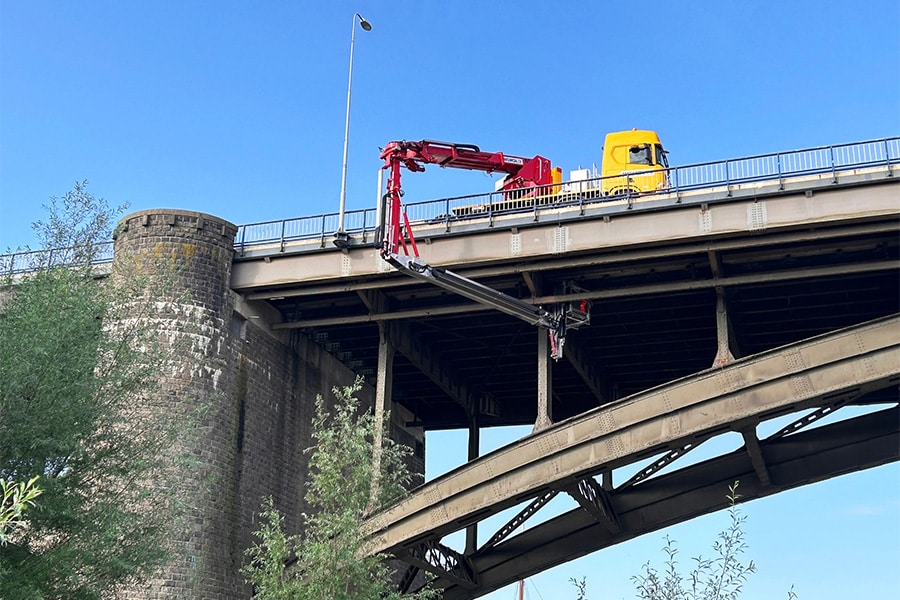
Structural inspections on steel bridges
Many bridges and viaducts were built in the decades following World War II. Since then, traffic has increased considerably and safety standards have been adjusted to current insights. As part of the V&R task, Rijkswaterstaat is working with a number of engineering firms and knowledge institutes to recalculate the structural safety of these structures and determine their technical end-of-life. Nebest is one of the parties tasked with performing structural inspections on steel bridges. The engineering and consultancy firm has even developed its own inspection tool for this purpose and it is proving extremely successful.
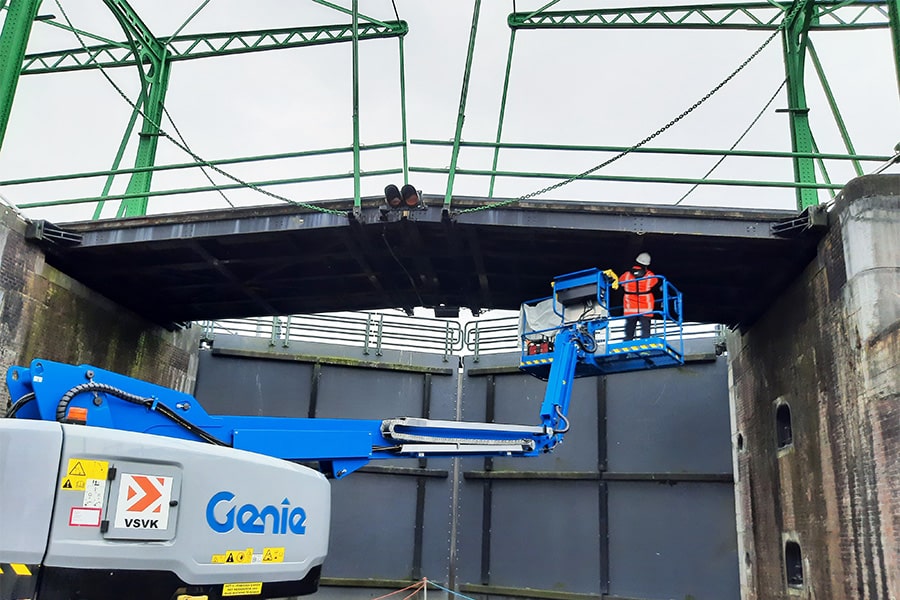
Nebest's services are aimed at completely relieving the engineering firms responsible for recalculating the structures, says project manager Jeroen Davelaar. "They supply us with a risk analysis, we think along with them, draw up a Plan of Action for the structural inspection and get to work. Originally, we have a lot of experience with these structures and have been active on many bridges in the past. By the way, a condition inspection according to CUR 117 only records the damage, while the structural engineer also wants to know what is good. We go a step further and really go in-depth so that a complete picture emerges."
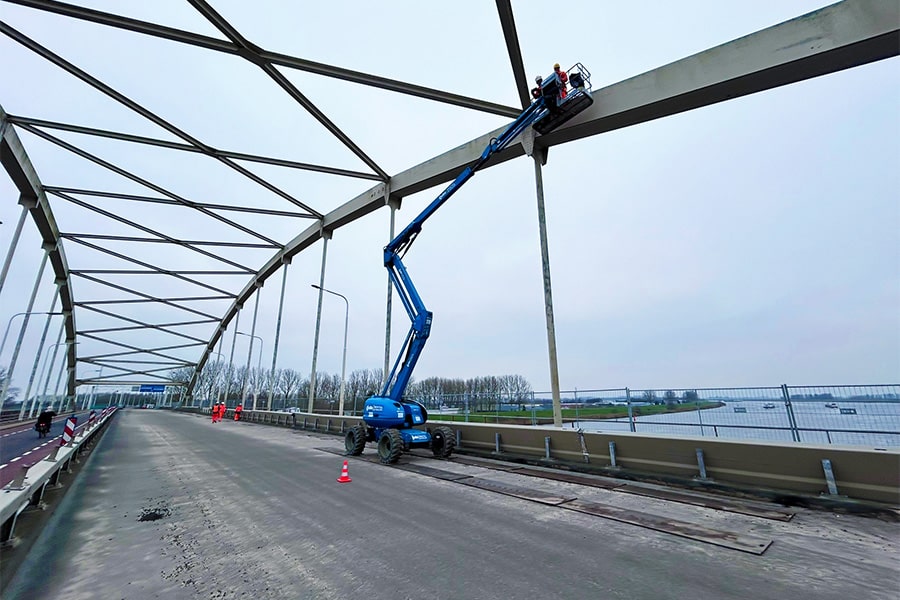
Streamlining and archiving
Nebest has developed its own inspection tool for this type of inspection. "When inspecting a bridge, an incredible amount of data is retrieved," says Ton Angevaare, project manager at Nebest. "After all, we examine the entire structure and do not hesitate to perform light (de)assembly work in the process, should that be necessary to obtain all the data. The trick is then to get that data streamlined and archived so that it can be sent as a complete 'package' to the engineering firm that will make the recalculation. Our inspection tool is of great value here. Based on drawings, the bridge is first read in digitally and filtered out at part level. We then inspect the bridge on site. In case of deviations, specific tags are created to which the inspection form is linked, which in turn is enriched with photos and text. After the inspection, we create the report where we filter out everything by damage image and location. Sometimes it even happens that we have the engineering firms watch live, so that they already get a picture during the inspection."
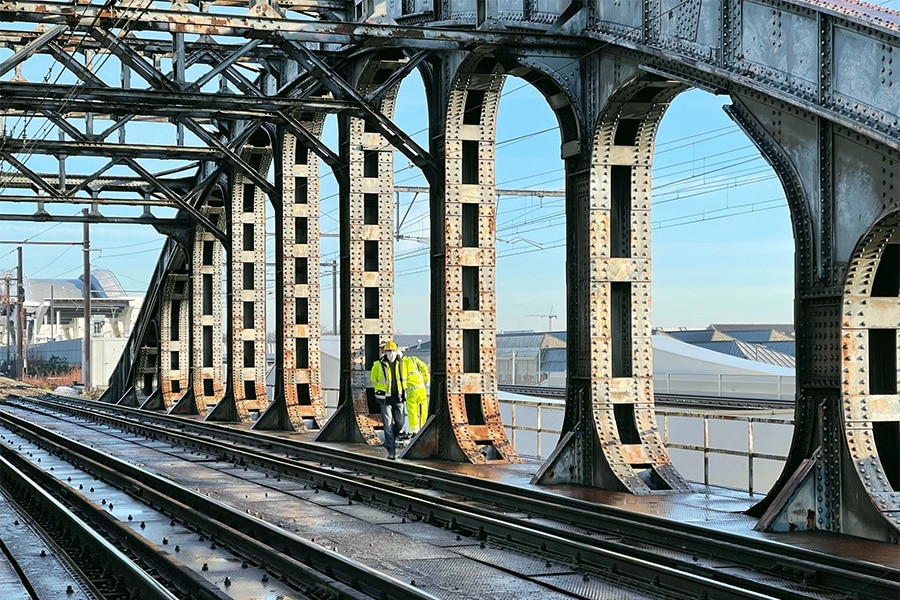
Useful information
Nebest's years of knowledge and experience in inspecting structures combined with its inspection tool allows it to act very quickly. "We take an extremely pragmatic approach," says Davelaar. "It seems that we have now even reached a stage where we are moving so fast that we are getting ahead of schedule. This is not at the expense of quality, by the way." Angevaare adds: "We have been running for many years, and are aware of what information the structural engineer needs to make the recalculations. This means that we not only record the damage image, but also go a step further. At locations with corrosion, residual thickness is relevant. Corrosion is removed locally so that we can perform a thickness measurement, for example with an ultrasonic wall thickness gauge. In this way, we bring the corrosion progression into full view, and measure the material removal at different locations. That is precisely the information that is useful to the structural engineer when he starts recalculating."
According to the gentlemen, Nebest's inspection tool is constantly evolving. "We learn from every inspection. After all, no work of art is the same. And so we keep constantly developing ourselves and the tooling." Angevaare reveals that Nebest has also been deploying a 360-degree camera for a few weeks now. "We do everything we can to get a complete picture of the condition of a work of art and link an analysis and conclusion to it rather than sec the inspection results over the fence. That's where we really make a difference."
Heeft u vragen over dit artikel, project of product?
Neem dan rechtstreeks contact op met Nebest BV.
 Contact opnemen
Contact opnemen
